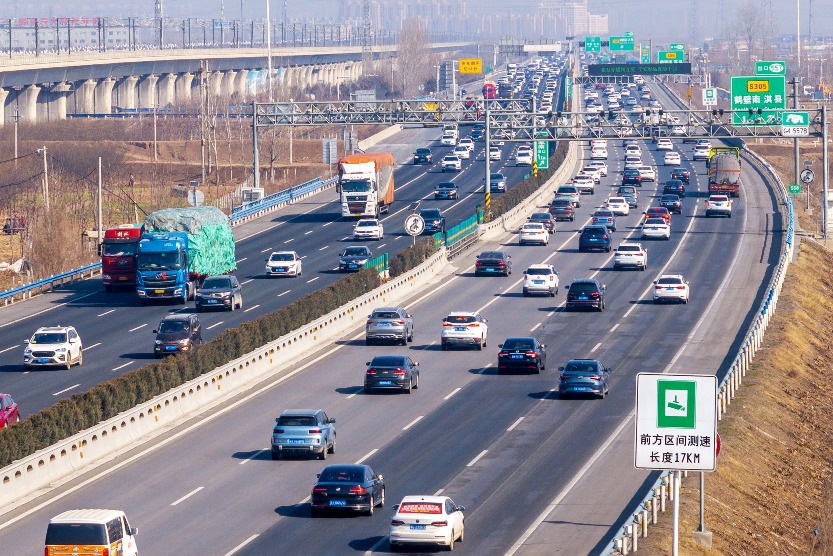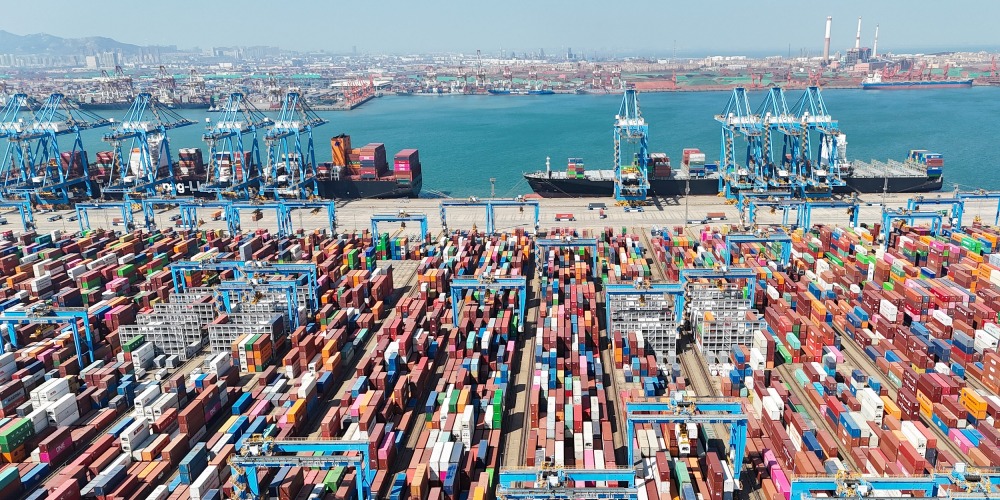Published : 2024-02-24
During the Lunar New Year each year, one of the nationwide events in China is Chunyun, also known as Spring Festival travel rush. It is the largest annual human migration on earth.
The Spring Festival travel rush came into focus after the China began promoting reform and opening up.
From 100 million to 9 billion passenger trips

The history of the Spring Festival travel rush in China can be traced back to 1954 at the earliest.
In 1954, the term "Spring Festival travel rush" first appeared in news media, and the government also made it clear that it would be "under the unified command and coordination of the Ministry of Railways, with the assistance of the Central Party Committee, the State Council, provincial and municipal autonomous regions and the People's Liberation Army when necessary", putting forth the principle of doing relevant work.
After the reform and opening up, the country's economic and social environment gradually improved, and higher incomes meant people had spare money to travel, leading to large-scale population mobility. This led to various movements like the flow of migrant workers, student flow, home-visiting flow, and travel flow, which began to converge during the Spring Festival travel rush.
Passenger volume is a significant change in the Spring Festival travel rush.
In 1979, the number of people in the Spring Festival travel rush broke through 100 million for the first time. By 2024, the Spring Festival travel rush will start on January 26 and end on March 5, lasting 40 days. It is expected that as many as 9 billion trips will be made during this period, which is set to create a new historical record.

From 100 million to 9 billion, over the more than 40 years since the reform and opening up, the scale of the Spring Festival travel rush passenger volume has expanded a whopping 90 times.
Reform and Opening up | High-Speed Rail Development Drives Spring Festival Travel Rush, Beijing-Shanghai Single Journey Takes Only Just Over 4 Hours
The rapid expansion of the Spring Festival travel rush scale has a lot to do with China's increasingly mature transportation planning.
Green-skin trains hark back to a generation's collective memory, but they were not only crowded but also very slow-paced, often stopping and starting. In that era, the national railway averaged less than 40 kilometers per hour.

On April 18, 2007, the first 200-kilometer-per-hour intercity train in the country was launched from Shanghai Station, marking China's entry into the era of intercity trains.
In the early days of the reform and opening up in 1980, the total mileage of national railways was 49,000 kilometers. By the end of 2023, the total rail mileage had reached 159,000 kilometers, of which more than 45,000 kilometers were high-speed railways with a speed of 250 kilometers per hour or above, ranking first in the world.
The distance between Beijing and Shanghai is 1,300 kilometers. In the past, a one-way trip would take almost a day and a night, but now it only takes just over 4 hours.
Reform and opening up | Most Spring Festival travel rush trips by road, China has the world's largest highway network
In addition to railway development, highway construction is also a major boost. You may think the place with the most people during the Spring Festival travel rush is the high-speed railway station, but in fact, the highway is the "big boss". According to government predictions, during the Spring Festival travel rush in 2024, the number of non-commercial small vehicle passengers on expressways and main national and provincial roads will reach as many as 7.2 billion, accounting for about 80% of the total.
In 1978, the total length of roads in the country was 890,000 kilometers, and the road density per 100 square kilometers was only 9.27 kilometers. By 2023, the total length of roads in the country was 5.3548 million kilometers, the road density per 100 square kilometers was 55.78 kilometers, and the total length of expressways was 177,300 kilometers, ranking first in the world.

For example, China began to build expressways in the 1980s, and the opening of the Shanghai-Jiaxing Expressway in 1988 marked China's breakthrough in expressways.
China has constructed the largest high-speed railway network and highway network in the world, with the coverage of high-speed trains and expressways exceeding 95% in cities with a population of over 200,000.
The convenience of transportation has greatly shortened the spatial and temporal distance between places nationwide and has driven the size of the Spring Festival travel rush to grow even larger.
The reform and opening up have led to earth-shaking changes in all aspects of China, and the Spring Festival travel rush is no exception.










































